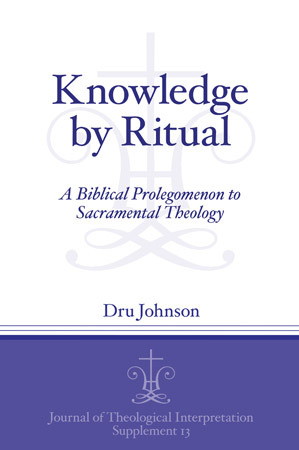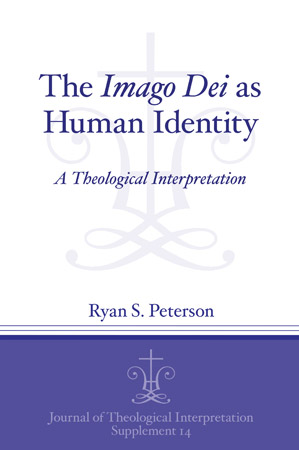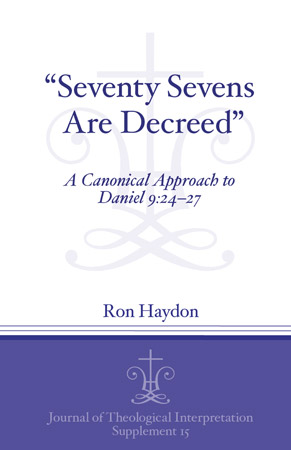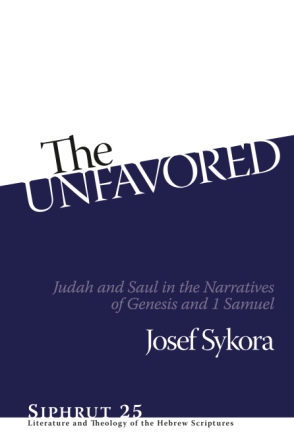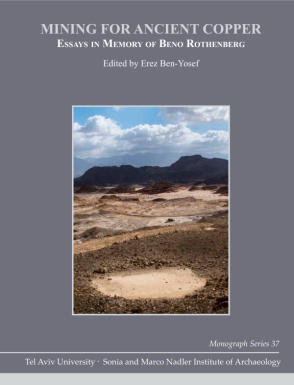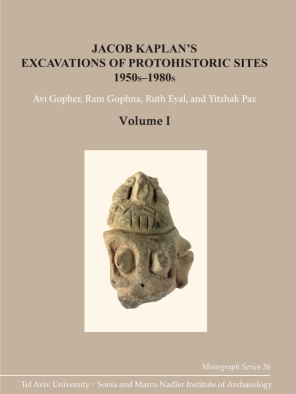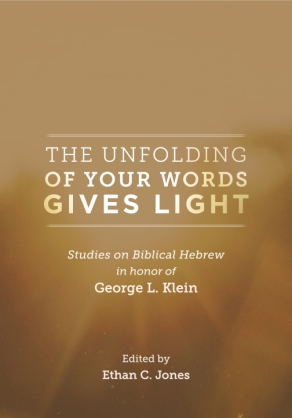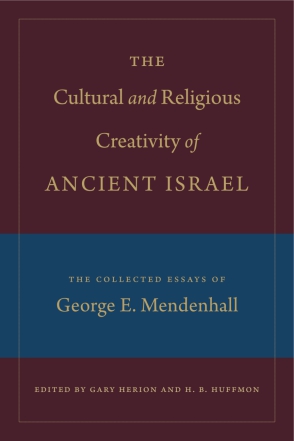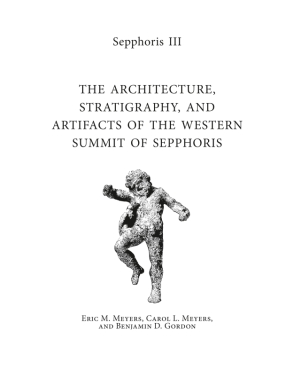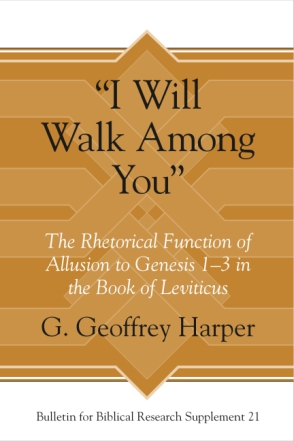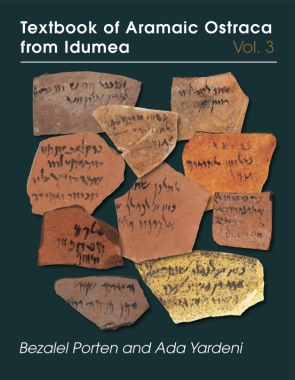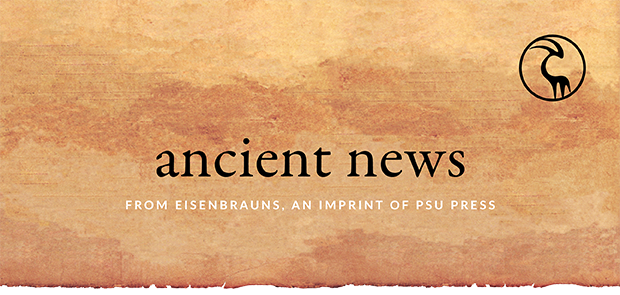
in this issue
general news
Welcome to the October issue of Ancient News. Our 10-day sales are up and running, the most recent one (now going on) being selected JTISup titles. A few of the titles are featured below, but be sure to click through to the whole sale to save 30%. A perfect chance to grab Reading Old Testament Narrative as Christian Scripture, which is reviewed below. Hurry, the sale ends November 2.
As usual for this time of the year, we have a bunch of new releases and other titles in press, all of which (barring printer delays!) will be at the November conferences. See Upcoming Events for details. Jim, Patrick, and Heather will be at ASOR and AAR/SBL; I'll be joining them at AAR/SBL and look forward to seeing you there!
The Review of Biblical Literature posted reviews of two Eisenbrauns books in September. I’ve highlighted one of them (on sale right now!) below, with links to the full review. There's also an excerpt from a Bulletin for Biblical Research review of Ristau’s Reconstructing Jerusalem. Look for both books at the upcoming conferences!
Rounding out this month’s Ancient News are two new PSU Press books that you might find interesting.
Enjoy!
James
Journal of Theological Interpretation Supplements sale
Use coupon code NR18 to receive 30% off!
new & forthcoming eisenbrauns books
upcoming exhibits & events
11/14–17
Denver, CO
11/17–20
Denver, CO
11/17–20
awards & reviews
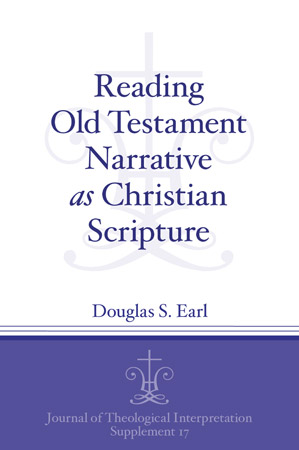
Reading the Old Testament Narrative as Christian Scripture
“For readers seeking to engage seriously with theological interpretation of the biblical narrative, especially as construed within recent hermeneutical strategies and in light of the recent movement of theological interpretation of Scripture, this is a rich and thought provoking work. The emphasis on the importance of different reading contexts—historical, literary, canonical, and so on—is important and well demonstrated. Even readers who disagree with some of Earl’s assumptions will find much insight in every chapter and be required to rethink their approach to reading Old Testament narrative as Christian Scripture.”—Benjamin J. M. Johnson, Wycliffe Hall, Oxford in Review of Biblical Literature, September 2018.
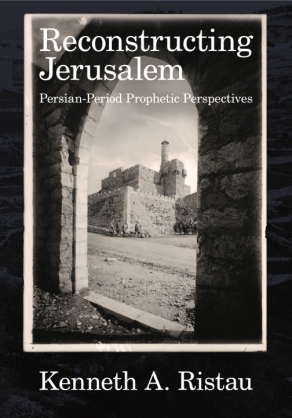
Reconstructing Jerusalem
Persian Period Prophetic Perspectives
“His investigation of the eastern hill (Mount Moriah, the Ophel, and City of David) analyzed the archeological discoveries by Kenyon (1968), Reich and Shukron (2005, 2007), Macalister and Duncan (1926, 1931), Shiloh (1984), Lipschits (2009), and others in order to detect the status of Jerusalem’s fortifications during the Persian Period. He supplements these archeological reports with drawings, pictures of a wall, tower, or the remains of a house. This information is helpfully summarized in a series of colored maps (pp. 53–60) and an impressive series of charts (pp. 76–85). Ristau adds epigraphic data on ostraca, stamp impressions (582 examples) with the word Yehud, seals, coins, a letter (dated to 407 BC) and a memorandum from Elephantine, plus a few assemblages in tombs.”—Gary V. Smith, Minneapolis, MN in Bulletin for Biblical Research 28 (2018): 109–11.
new from psu press

The Powerless Church and Other Selected Writings, 1955–1985
Ivan Illich, Foreword by Giorgio Agamben, Assembled by Valentina Borremans, and Sajay Samuel
Dalmatian-Austrian philosopher, Roman Catholic priest, and radical cultural critic Ivan Illich is best known for polemical writings. . .. This collection brings together Illich’s shorter writings from his early publications through the rise of his remarkable intellectual career, making available works that had. . . (more)

Medicine, Religion, and Magic in Early Stuart England
Richard Napier's Medical Practice
Ofer Hadass
The astrologer-physician Richard Napier (1559-1634) was not only a man of practical science and medicine but also a master of occult arts and a devout parish rector who purportedly held conversations with angels. This new interpretation of Napier reveals him to be a coherent and methodical man whose burning desire for. . . (more)
| Control your subscription options |
